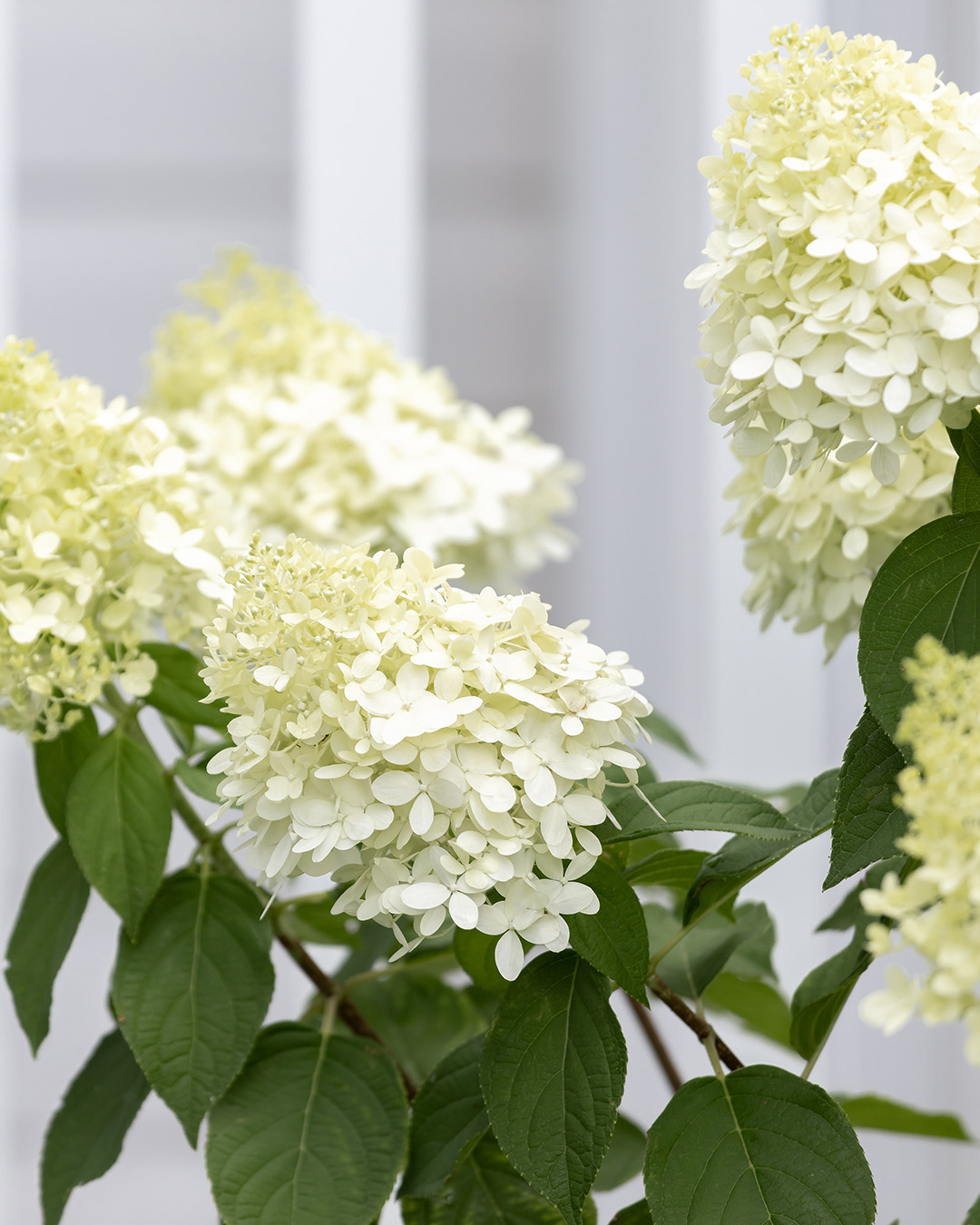About Hydrangea Leaves Turning Yellow
The 3-Minute Rule for Hydrangea Leaves Turning Yellow
Table of ContentsHow Hydrangea Leaves Turning Yellow can Save You Time, Stress, and Money.Fascination About Hydrangea Leaves Turning YellowFacts About Hydrangea Leaves Turning Yellow Revealed10 Easy Facts About Hydrangea Leaves Turning Yellow ExplainedSome Known Factual Statements About Hydrangea Leaves Turning Yellow The 6-Minute Rule for Hydrangea Leaves Turning Yellow
The container needs to be large enough so the plant can grow and obtain every one of the water and nutrients it needs. Location the container on a porch, or in a shady spot on an outdoor patio. You can likewise replace the plant with a panicle hydrangea. Panicles love the full sun.Regardless of the variety, plan in advance and make certain your plant has plenty of security from the wind. You might transplant to a new location, or you can develop a wind barrier making use of another plant, or secure fencing.
Decorative yard, Rose of Sharon, or Holly bushes are just a few concepts of plants you might utilize to block the wind. If you need to transplant, locate a place in your garden that is well secured from sunlight and wind. Hair transplanting is ideal done in the loss or the spring.
A Biased View of Hydrangea Leaves Turning Yellow
All of the above situations can take place to any kind of gardener. Fortunately for everyone, hydrangeas are really durable, and will certainly probably recoup extremely quickly with a little love and care. The plants location is one of the most crucial factor when it involves getting recognized and correct development. With a little forethought on growing location and correct upkeep, you'll have the ability to guarantee your hydrangeas!.
So, if Hydrangea leaves turn yellow and drops off later on, it's generally as a result of overwatering, as the plant can not uptake water and drops the fallen leaves to remove transpiration. Following this, Hydrangea leaves beginning to sag and wilt. Since both problems can create yellow fallen leaves, you need to identify the distinction in between the overwatered and underwatered plant.
You can rescue the plant from yellow leaves by offering it the right light and placement. If your plant gets yellow leaves, relocate to a dark location. Place Hydrangea plants indoors near an east-facing home window. Dapple the plant with curtains or UV defense sheets to block direct heat.
Indicators on Hydrangea Leaves Turning Yellow You Should Know
, and temperature modifications can create yellowing fallen leaves and brown spots. If it obtains too cozy, the sides of the leaves become yellow, transform brown and create a crunchy appearance.
Heavy soil can quickly block the oxygen supply to the roots and sever the link with the top parts of the plant (fallen leaves). Hydrangea leaves transform their color if they locate small hassles in the soil composition. This concern can trigger the Hydrangea entrusts to transform yellow, endure from leaf drops, and make a sagging plant in sync with overwatering.
However, yellow fallen leaves in Hydrangeas are the initial signs of condition invasion, often adhered to by black spots, browning, goes down, and wilting. Separate the infected or pest-infested plant from the healthy plants to avoid illness spread. If it is a yard plant, remove all the infected fallen leaves making use of sanitized tools and clean up all the particles.
The 5-Second Trick For Hydrangea Leaves Turning Yellow

Avoid cutting healthy or eco-friendly leaves, and do not remove more than 25% of the plant's vegetation. The major factor behind the red fallen leaves in Hydrangea is bad soil or ecological problems.
Repot the plant every year in spring or every 2 years if the development price is slow-moving.
The 9-Minute Rule for Hydrangea Leaves Turning Yellow

Each factor impacts the plant in a way that can be dealt with if we comprehend how to care for hydrangeas the best means. When we talk concerning inadequate light for hydrangeas, we indicate that the plant isn't obtaining adequate sunlight.
Without adequate sunlight, the leaves can transform yellow, the plant can become weak, and it may produce less blooms. To make sure a hydrangea obtains sufficient light, it must be placed in an area where it can enjoy the browse around here morning light and be secured from the extreme afternoon sun. Overwatering is when a hydrangea plant obtains even more water than it needs.
Getting The Hydrangea Leaves Turning Yellow To Work

Yellow fallen leaves may be an indication that the plant is getting too much water. On the various other hand, dehydration happens when the plant doesn't obtain adequate water.
This issue is typical in the loss as the weather condition adjustments or visit this site right here if a hydrangea is planted in an area where it does not obtain enough heat from the sun. It is necessary to understand the ideal problems for hydrangeas to avoid low-temperature anxiety. Many hydrangeas expand ideal in zones 6 to 9, where the environment is milder.
It's vital to know that this type of yellowing is different from the yellowing created by problems like also much water or not enough light. If the yellow leaves are mainly at the bottom of the plant and the rest of the plant looks healthy and balanced, it could just imply that the leaves are simply getting old - Hydrangea Leaves Turning Yellow.